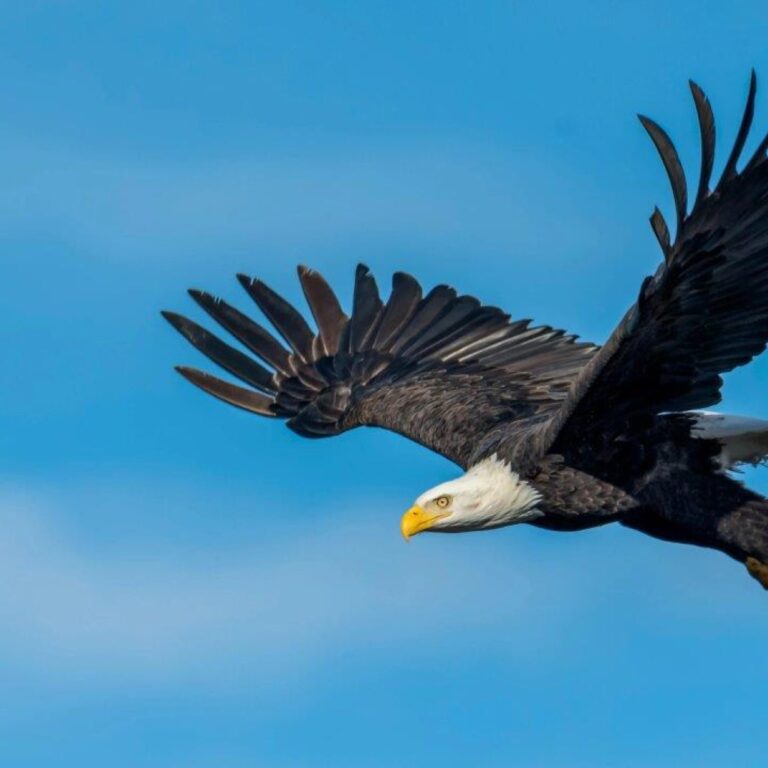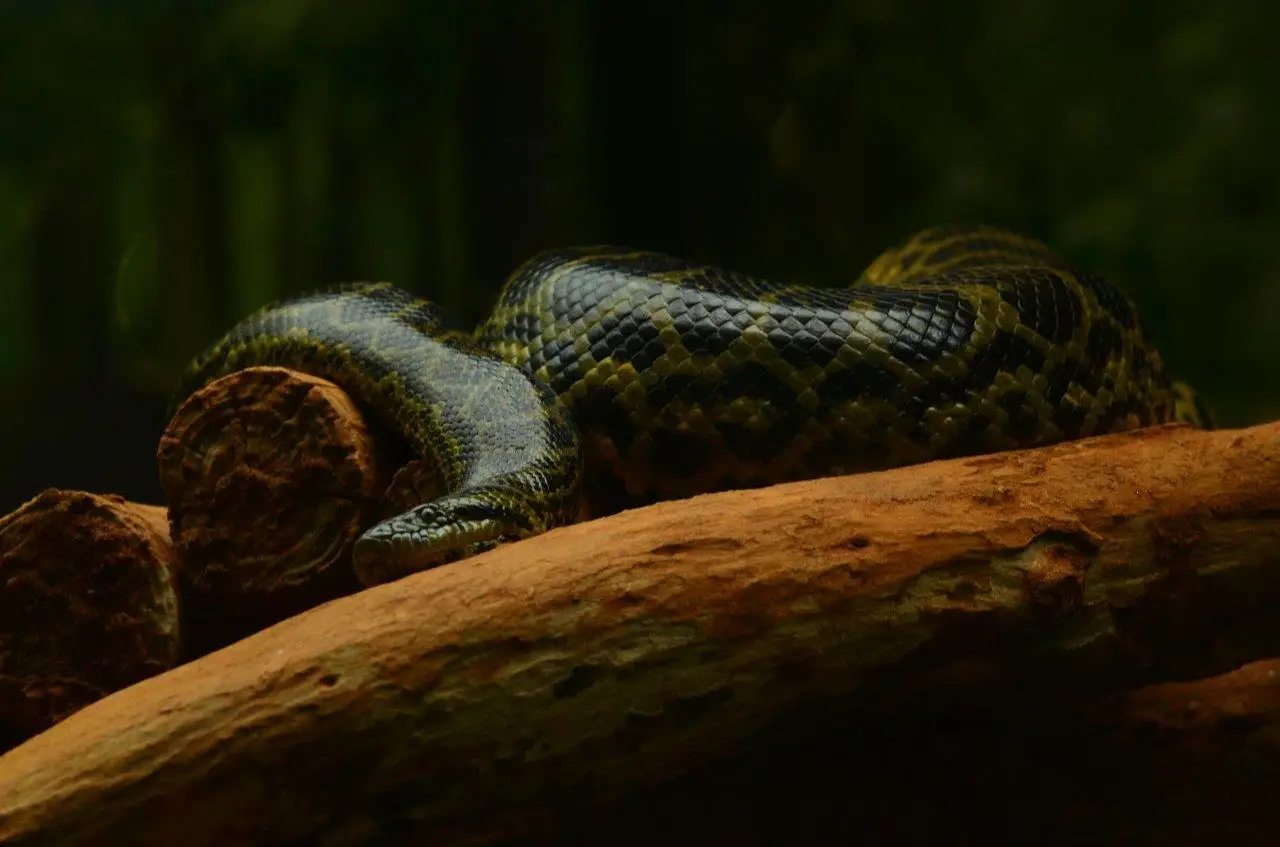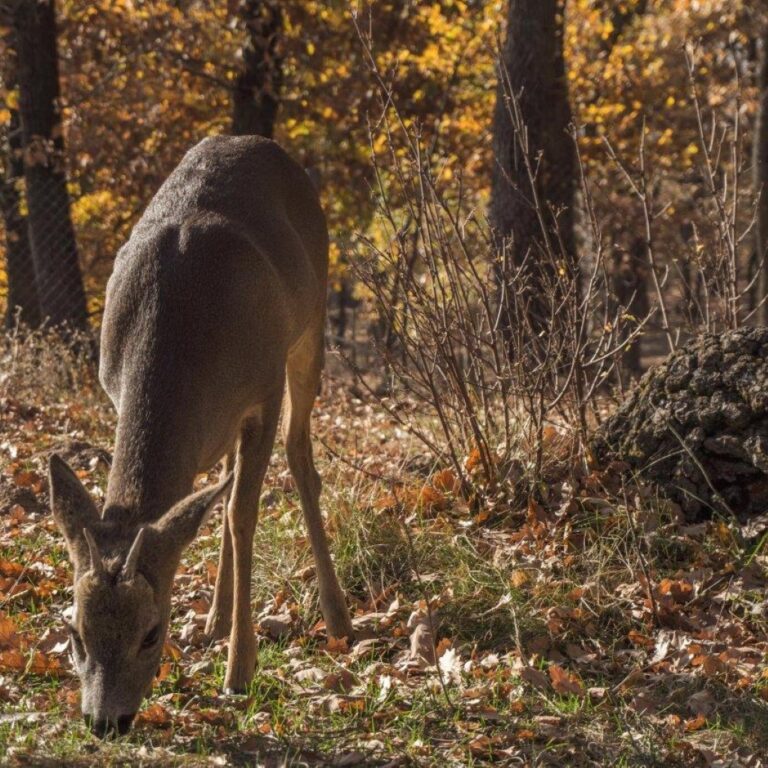There are over 60 species of eagles found around the world, with the majority living in Eurasia and Africa. Only two species, the bald eagle and the golden eagle, are found in North America.
Eagles have extraordinary vision, up to eight times sharper than that of humans. They can spot prey from a distance of up to two miles, allowing them to hunt with incredible precision.
The bald eagle, the national bird of the United States, is not actually bald. Its name comes from an old English word 'balde,' meaning white, referring to its distinctive white head.
Eagles are apex predators, meaning they are at the top of the food chain. They primarily hunt fish, small mammals, and other birds, and have few natural predators.
The golden eagle is one of the largest and most powerful eagles, with a wingspan of up to 7.5 feet and the ability to dive at speeds over 150 miles per hour to catch prey.
Eagles build some of the largest bird nests in the world, called eyries. These nests are often constructed in tall trees or on cliffs and can be used year after year, growing larger each season.
The harpy eagle, found in the rainforests of Central and South America, is one of the most powerful eagles, capable of hunting monkeys and sloths in the treetops.
Eagles have strong talons that are specially adapted for catching and gripping prey. Their grip is so powerful that they can carry animals much heavier than themselves.
Some eagle species, like the African fish eagle, have specialized diets and are known for their fishing skills, swooping down to snatch fish from the water with incredible accuracy.
Eagles are monogamous birds and often mate for life. They return to the same nest year after year, adding new material each breeding season.
The Steller's sea eagle, found in coastal areas of Russia and Japan, is one of the heaviest eagle species, with some individuals weighing over 20 pounds.
Eagles have a unique flight pattern known as 'soaring,' where they use thermal currents to glide through the air with minimal effort, covering large distances without flapping their wings.
The martial eagle, native to Africa, is known for its incredible strength and can take down prey as large as antelope and baboons, making it one of the most formidable birds of prey.
In many cultures, eagles are revered as symbols of power, freedom, and spiritual strength, often appearing in myths, legends, and national emblems.
Eagles play an important role in their ecosystems by controlling the populations of prey species, and their presence is often an indicator of a healthy environment.
How useful was this post?
Click on a star to rate it!



